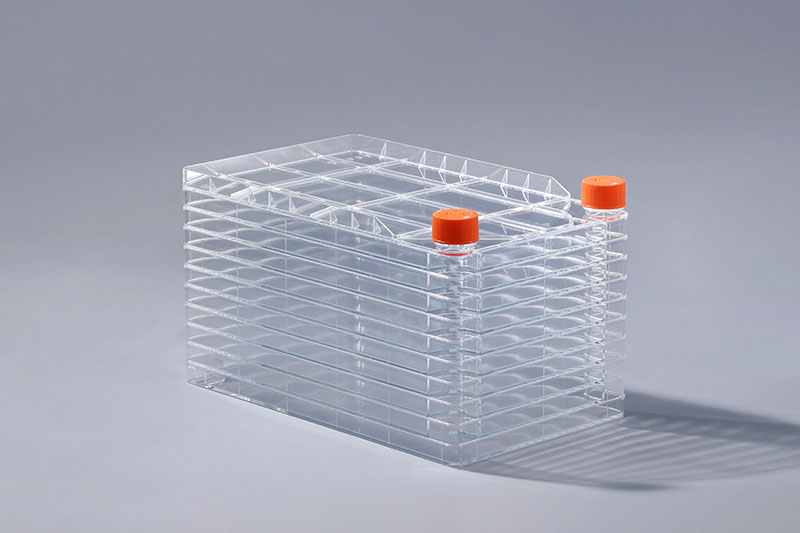세포 공장백신 준비 및 렌티바이러스 벡터와 같은 대규모 세포 배양에서 중요한 역할을 합니다. 세포를 배양할 때 다양한 종류의 오염이 매우 골칫거리입니다. 오염원 중 미생물 오염은 비교적 흔한 오염 유형입니다.
미생물 오염은 세포 공장에서 세포가 성장할 때 자라는 박테리아, 곰팡이, 마이코플라스마, 검은 벌레 등 다양한 오염원을 말합니다. .
1. 박테리아: 박테리아 오염에는 일반적으로 대장균, 포도상구균 등이 포함됩니다. 이러한 종류의 오염은 찾기 쉽습니다. 일반 도립현미경으로 보면 검고 고운 모래입니다. 배양액은 일반적으로 짧은 시간에 노란색으로 변합니다. 액체가 섞이지 않고 약간 흔들면 많은 탁도가 떠오릅니다.
2. 곰팡이: 곰팡이 오염의 대부분은 Candida albicans, Aspergillus, 효모 등입니다. 곰팡이 오염 후, 배양 배지는 단기간에 깨끗하고 탁한 상태를 유지했습니다. 도립현미경하에서 세포 사이에 얽힌 사상균사와 수지상균사가 배양액에 떠 있는 것을 볼 수 있었다.
3. 마이코플라즈마: 마이코플라즈마의 크기는 세균과 바이러스의 중간 정도의 크기로 독립된 살아있는 미생물입니다. 일반 항생제가 아닌 열에 민감하다. 마이코플라즈마의 형태는 변화무쌍하며 대부분 세포표면과 세포사이에 흡착된다. 전자현미경으로 관찰하면 중앙에 고밀도의 조밀한 과립이 있고 단면은 세포의 미세융모와 유사하다.
4. 검은 벌레: 검은 아교벌레에 오염된 후 세포에 작은 검은 반점이 나타나며 고배율 현미경으로 불규칙한 움직임을 볼 수 있습니다. 배양액의 탁도는 뚜렷하지 않았고 세포의 성장상태에 거의 영향을 미치지 않았다.
상기는 세포공장에서 세포를 배양할 때 흔히 발생하는 미생물 오염이다. 그들은 세포 성장에 다른 영향을 미칩니다. 이러한 오염을 제어하는 것은 우수한 세포 성장을 보장하기 위한 핵심 조치입니다.
The FAI climbed 5.9 percent year-on-year in the first 11 months of 2018, quickening from the 5.7-percent growth in Jan-Oct, the National Bureau of Statistics (NBS) said Friday in an online statement.
The key indicator of investment, dubbed a major growth driver, hit the bottom in August and has since started to rebound steadily.
In the face of emerging economic challenges home and abroad, China has stepped up efforts to stabilize investment, in particular rolling out measures to motivate private investors and channel funds into infrastructure.
Friday's data showed private investment, accounting for more than 60 percent of the total FAI, expanded by a brisk 8.7 percent.
NBS spokesperson Mao Shengyong said funds into weak economic links registered rapid increases as investment in environmental protection and agriculture jumped 42 percent and 12.5 percent respectively, much faster than the average.
In breakdown, investment in high-tech and equipment manufacturing remained vigorous with 16.1-percent and 11.6-percent increases respectively in the first 11 months. Infrastructure investment gained 3.7 percent, staying flat. Investment in property development rose 9.7 percent, also unchanged.
 English
English



















































